Home > Your Guide to Norway Visas: What You Need to Know Before Your Trip
Your Guide to Norway Visas: What You Need to Know Before Your Trip
Norway, one of the most beauticul countries in Northern Europe, is a dream destination for travelers all over the world. Whether you’re planning to visit the arctic dream that is Svalbard, take way too many photos of the fjords, or go on a different adventure of another kind, we’re here to help you understand everything you need to know to ensure your trip is smooth sailing from start to finish.
One of the first things to think about when planning a trip to Norway is whether or not you’ll need to apply for a Norway visa.
By the end of this article, you’ll have an idea about:
- Whether or not you need a Norway visa, for Svalbard or otherwise
- Which documents are required
- How to apply
- Whether or not you can apply for a Norway visa online
- And more!
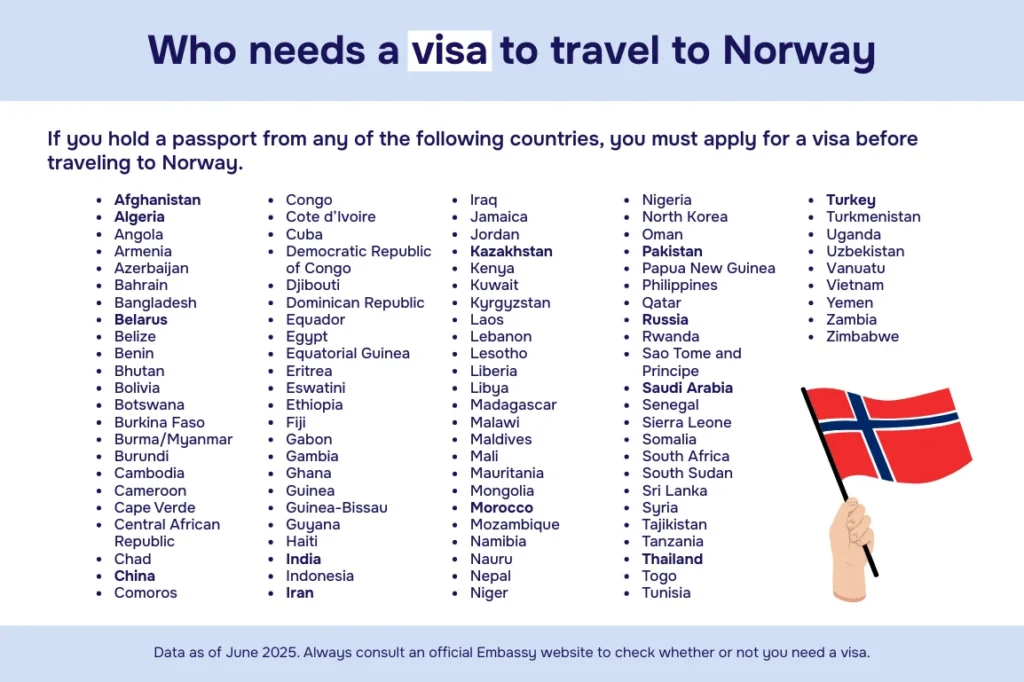
Do I need a visa to go to Norway?
It depends on a few things, including your nationality, why you're traveling, and how long you're planning to stay in Norway.
For short trips to Norway (under 90 days), there are two groups of applicants. Those who are from visa-exempt countries, and those who aren’t.
Citizens of visa-exempt countries do not need visas for short stays in Norway. This includes citizens from the US, UK, Canada, Australia, Mexico, Japan, and other countries. This is so long as the stay is under 90 days in length in any given 180-day period.
Citizens from countries that are not visa-exempt need visas to go to Norway, no matter the duration or purpose of their trip. This includes citizens from India, China, South Africa, and others.
There’s one caveat for visa-exempt nationals. If you plan to work during your short stay, you will need to apply for a visa. This is also the case if you plan to stay in Norway/the Schengen area for longer than 90 days.
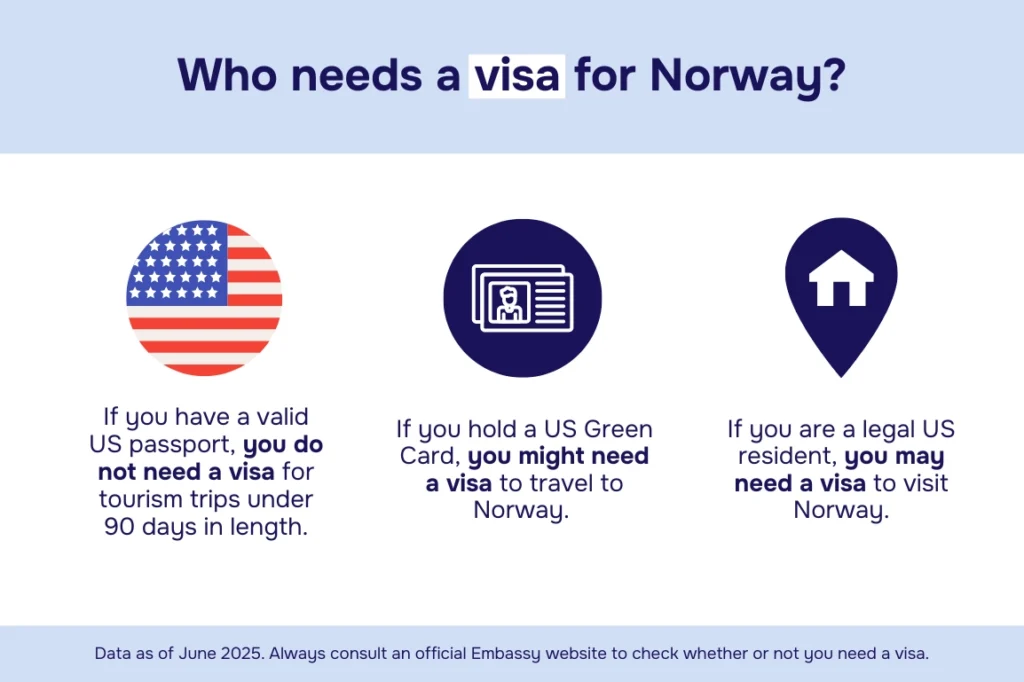
Do US citizens need a visa for Norway?
No, US citizens don’t need a visa for short stays in Norway, as long as the trip is primarily for tourism or business and does not exceed 90 days. If the trip is for work or will be longer than 90 days, a visa will be required.
US citizens can travel to Norway for up to 90 days in any given 180-day period without applying for a visa.
How to apply for a visa for Norway
If you are applying for a Norwaegian Schengen visa, the process is fairly straightforward.
- Know which visa you need. Depending on the purpose of your visit – tourism, business, work, etc. – you’ll apply for a specific type of Norwegian Schengen visa.
- Collect the required documents for your application: This will typically include your passport, travel itinerary, proof of financial means, and travel insurance (in addition to other documents).
- Submit your application.
- Attend an appointment: at a visa center or consulate in your country of residence.
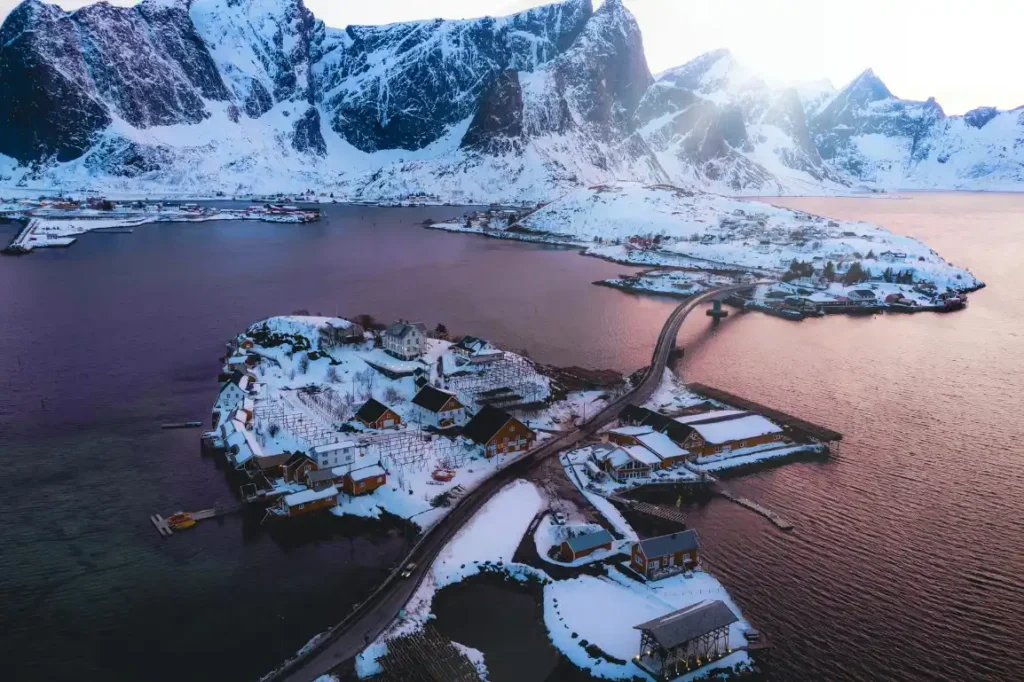
Can I apply for a visa for Norway online?
Not usually. With that being said, if you are not from a visa-exempt country, meaning you need a visa for short stays, the Norwegian government offers an online visa application system for several visa types.
This makes it quick, easy, and secure to submit your documents and track your application from home. You can find out if you’re eligible through UDI here. You’ll still need to get an in-person appointment for final submission and biometrics.
If you’re applying for a long-stay visa (longer than 90 days), you will typically need to apply for your Norway visa in person at a visa center or consulate.
Is a visa for Norway difficult to get?
Generally speaking, the visa application process for Norwegian visas is straightforward. When it comes to approvals, the decision is entirely in the hands of Norwegian authorities. Visa approval rates fluctuate regularly and are very nuanced.
Norway visa rejection rates
The global rejection rate for Norway visas was 12.8% in 2024 and 16.08% in 2023.
Common reasons for rejection include incomplete applications, lack of financial proof, or failure to provide adequate travel insurance.
Do keep in mind, however, that rejection rates are always changing and can differ greatly from country to country, nationality to nationality, visa to visa, and from season to season.

What is the processing time for a Norway visa?
For short-stay Schengen visas, the average processing time is around 15 business days, but this can vary.
Additionally, even though the processing time might be relatively quick, that isn’t always the case for securing a visa appointment in the first place. Visa appointments can book out weeks or even months in advance – so always start the process early, just to be safe.
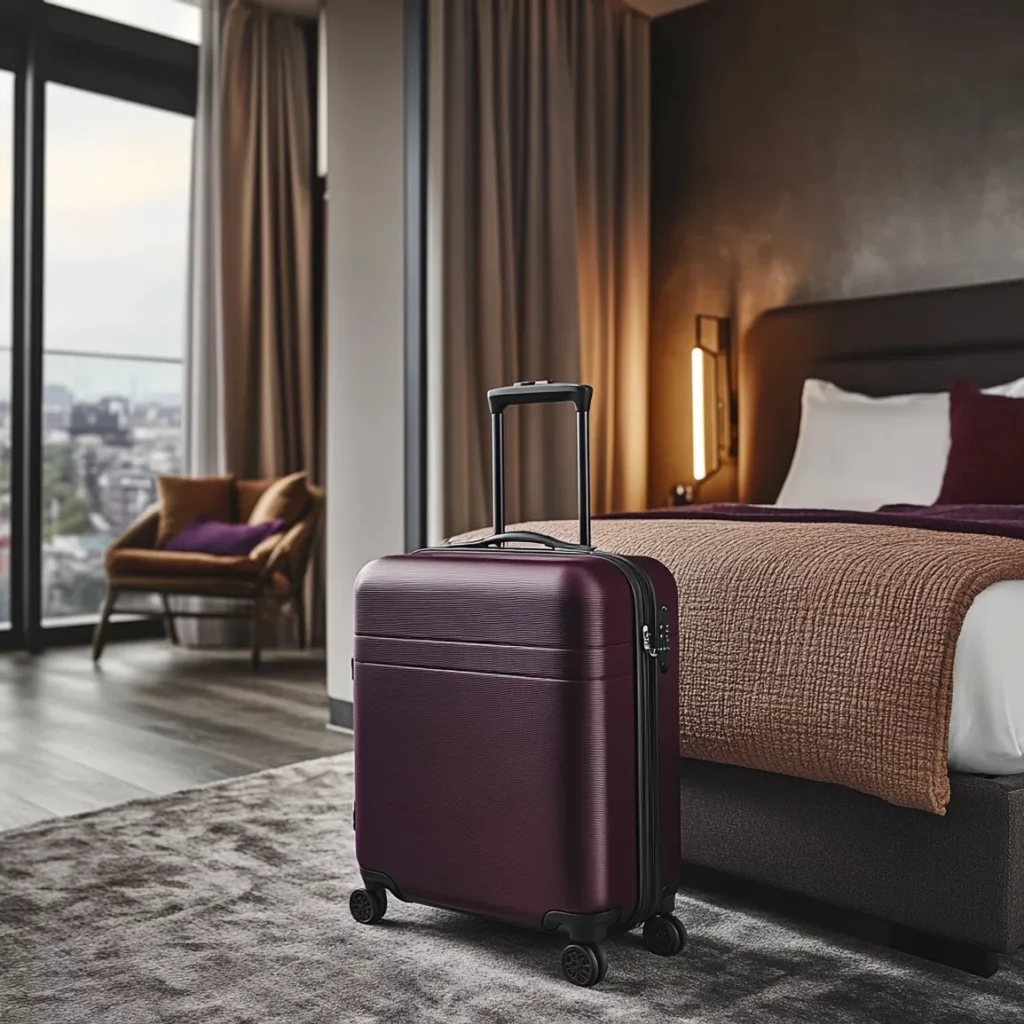
Norway visa application requirements
When applying for a visa for Norway, there is a standard list of documents that will likely be required, no matter which specific visa you end up applying for.
Then, depending on the visa, there will usually be further documents required.
What documents are required when applying for a Norway visa?
For most Norwegian visas, the standard required documents are:
- A valid passport.
- Passport-sized photos.
- A completed visa application form.
- Proof of accommodation and a travel/flight itinerary.
- Proof of financial means, such as bank statements or a letter from your employer.
- Travel insurance that covers at least €30,000 in emergency medical, as well as additional requirements.

Your Norwegian visa appointment
Norway visa applicants need to book an in-person appointment, even if they do the majority of their application online.
This appointment is mandatory for the final submission of your visa application, as well as for recording your biometrics (fingerprints).
At this appointment, a visa officer will look at your application file to ensure all of the required documents are present. They may ask you questions directly relating to your visa application and travel plans.

Do I need to apply for ETIAS if I have a Norway visa?
No. If you hold a valid Schengen Norway visa, you don’t need ETIAS. Additionally, if you hold a passport for any Schengen country, you do not need to apply for ETIAS.
Who needs ETIAS to visit Norway?
ETIAS will apply to travelers from visa-exempt countries, including US citizens, for short stays in Norway or anywhere in the Schengen zone from 2026 on.
Learn more about what's required in our Norway ETIAS Guide.
FAQs: Norway Schengen visas
Visa guides you might find useful
Heading to France? Getting a visa for France
Planning a trip to Italy? Learn about Italian visas
Germany on the horizon? You may need a German visa
Off to the Netherlands? Learn about Dutch visas
Going to Spain? Do I need a visa to go to Spain
Planning a trip to Malta? Getting a visa for Malta
Off to Iceland? Check out the Iceland visa guide
Going to Hungary? Read about Hungarian visas
Trip to Austria coming up? Read our Austria visa guide
Planning to go to Switzerland? Read about Swiss visas
Going to Slovakia? You may need a Slovakian visa
Trip to Luxembourg coming up? Read about Luxembourg visas
Are you going to Portugal? Check out our Portugal visa guide
Trip to Poland? Learn all about Polish visas
Are you traveling to Sweden? Learn about Swedish visas
Planning a trip to Croatia? Learn about Croatia visa requirements
Are you going to the Czech Republic? Read about Czech visas here
Going to Denmark? Read our Denmark visa guide
Going to Bulgaria? You might need a Bulgarian visa
Traveling to Liechtenstein? See Liechtenstein visa information
Heading to Estonia? Learn about Estonian visas
Are you going to Greece? Check if you need a Greek visa
Heading to Romania? Getting a visa for Romania
Trip to Finland on the horizon? You may need a Finnish visa
Trip to Latvia? You may need a Latvian visa
Going to Lithuania? Learn about Lithuanian visas

What You Need to Know About Norway's New Tourist Tax
In June of 2025, Norway announced a big change that will directly impact both its tourism economy and travelers alike: the Tourism Tax.
Many countries and cities in Europe and around the globe have implemented tourism taxes, particularly in super sought-after destinations like Spain, Italy, Greece, and France.
Norway, another top destination for tourists, recently passed a new visitor contribution law (i.e., tourist taxes).
What to know about the new visitor contribution law
This new law is intended to help finance tourism-related goods and services by taxing travelers to areas suffering from high tourism.
It isn't an unheard of thing at all, as mentioned above, many places in the world tax their visitors and reinvest that revenue back into their tourism infrastructure.
With this new law, municipalities can choose whether or not to impose a tourism tax on their visitors. It's optional, meaning some municipalities may decide to go ahead and instate one, while others may decide not to.
According to the law, municipalities can't just decide to impose this tax at will. It still needs to be adopted in regulations by the local council.
There is some flexibility on how the tax can be imposed. Municipalities can choose to tax year-round or seasonally.

How much is Norway's new tourism tax?
The tax is set at 3%... but what does that mean exactly?
In most cases around Europe, tourist taxes are charged per night, and the fee is attached to a traveler's accommodations. This is the case for Norway.
Where imposed, travelers will need to pay a 3% tax. This is 3% of the cost of lodging (excluding VAT).
This tax/fee applies to several different accommodation types, including: room rentals, hotels, apartments, hostels, leisure boats in harbor, motorhomes, campgrounds, and more. The same is true for popular rental sites like Airbnb.
The ability to tax cruises in Norway
This law also creates a pathway for the government to enforce cruise-related taxes.
Cecilie Myrseth, Norway's Minister of Trade and Industry, said, "We have agreed by majority to include visitor contributions from cruises, and will now start working on investigating this."
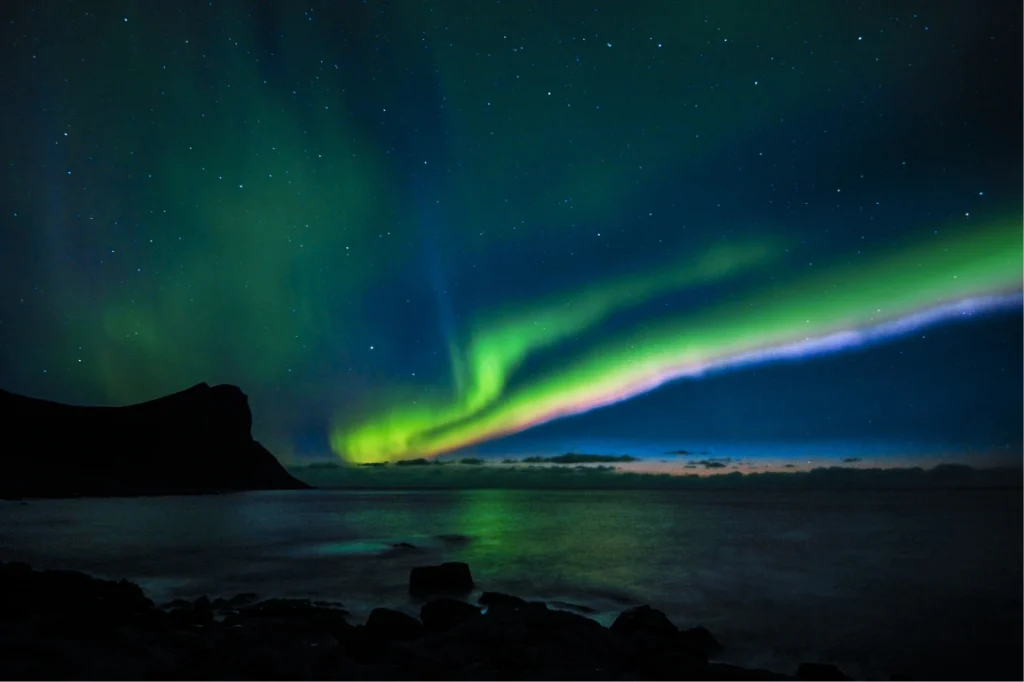
Why is this tax being instituted now?
It's important to know that this law doesn't create a new tax per se - it gives municipalities the right to impose a tourist tax.
According to Cecilie Myrseth, Norway's Minister of Trade and Industry, this new law is something that municipalities with high tourism have been asking for for a very long time.
In fact, the idea of tourism taxes is quite new for Norway. Unlike other European countries, Norway has never imposed one.
Popular tourist destinations like Lofoten and Geiranger, for example, have said that they need more finances to properly provide services like garbage collection, public bathroom cleaning, and tourist facility maintenance.
Being able to boost their economies in this way can help them to reinforce necessary tourism infrastructure.
Before launching a new tax, municipalities will have to show a plan for how they intend to use the generated revenue. They must also allow any businesses that could be impacted a chance to share input.
